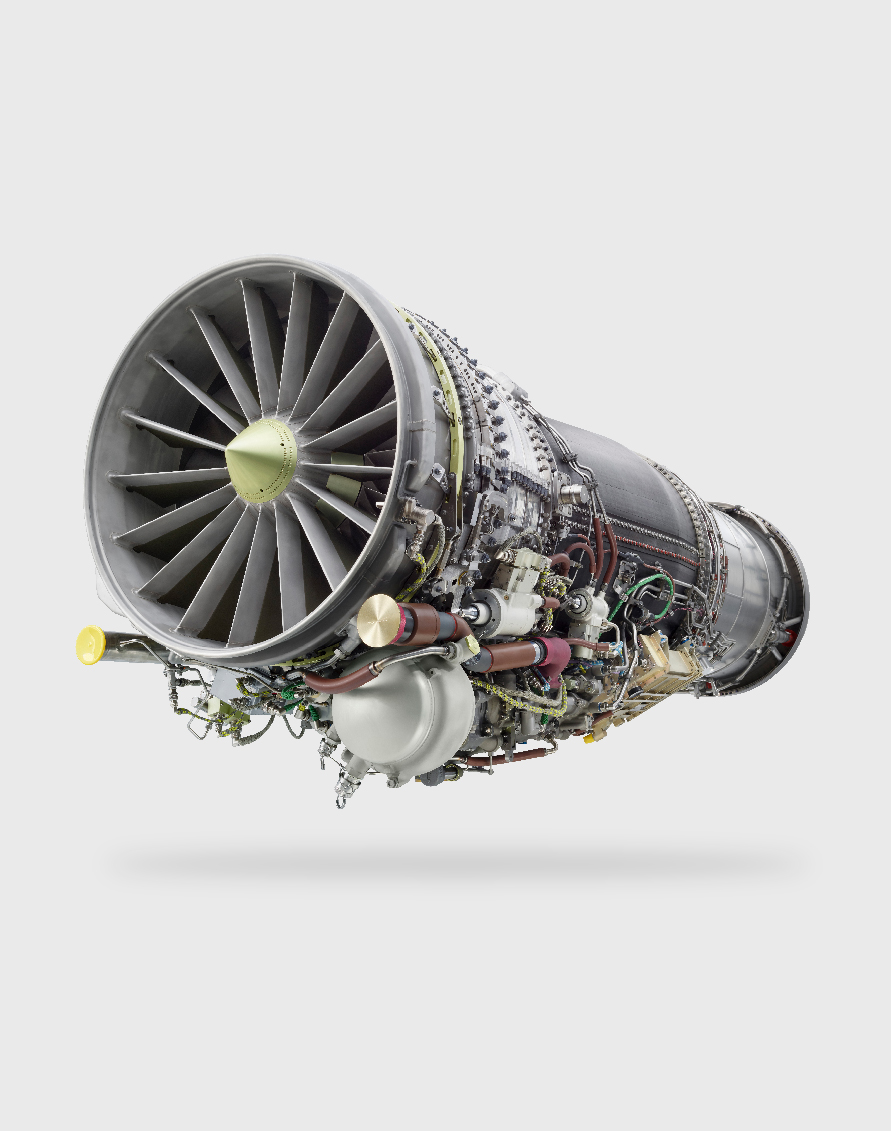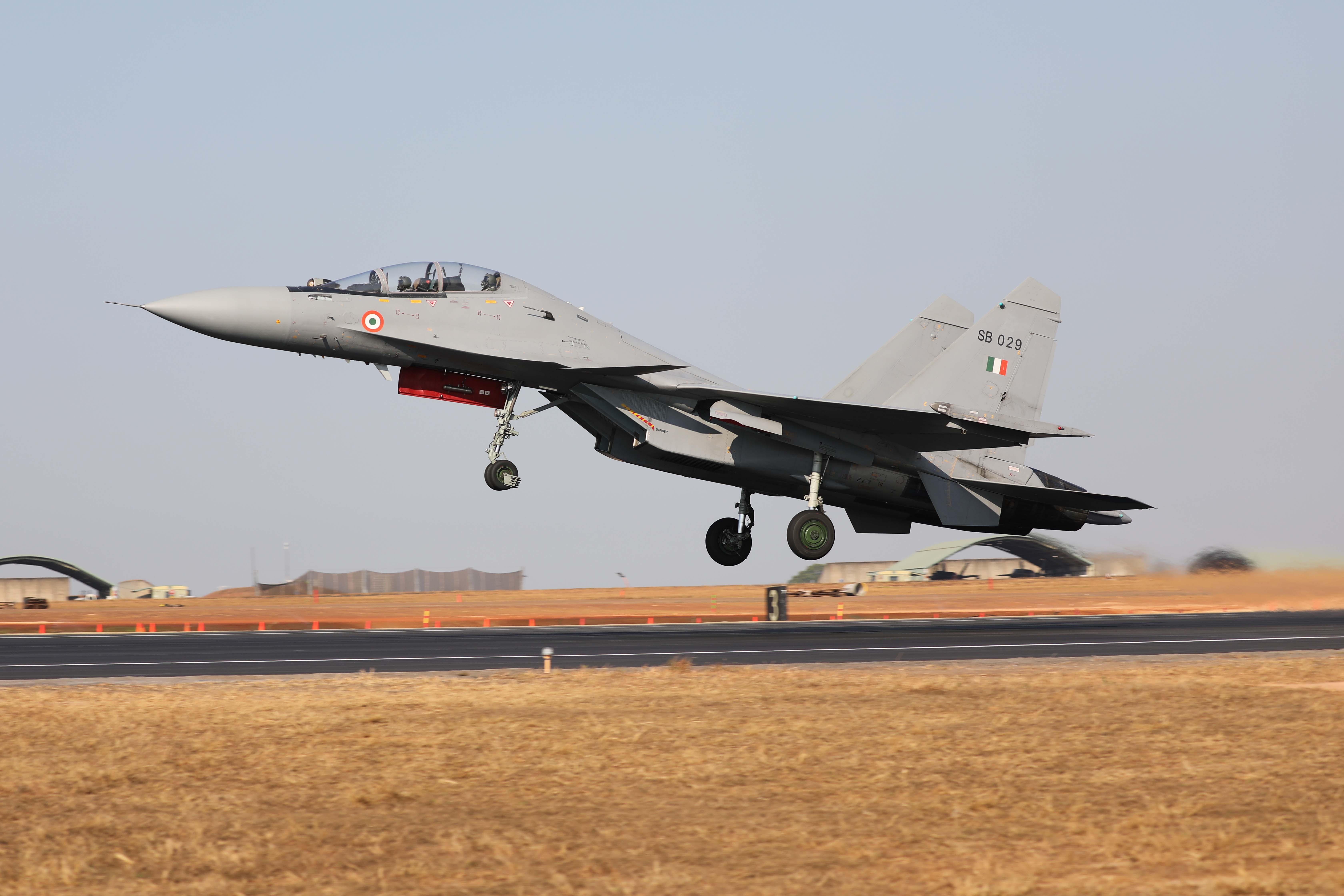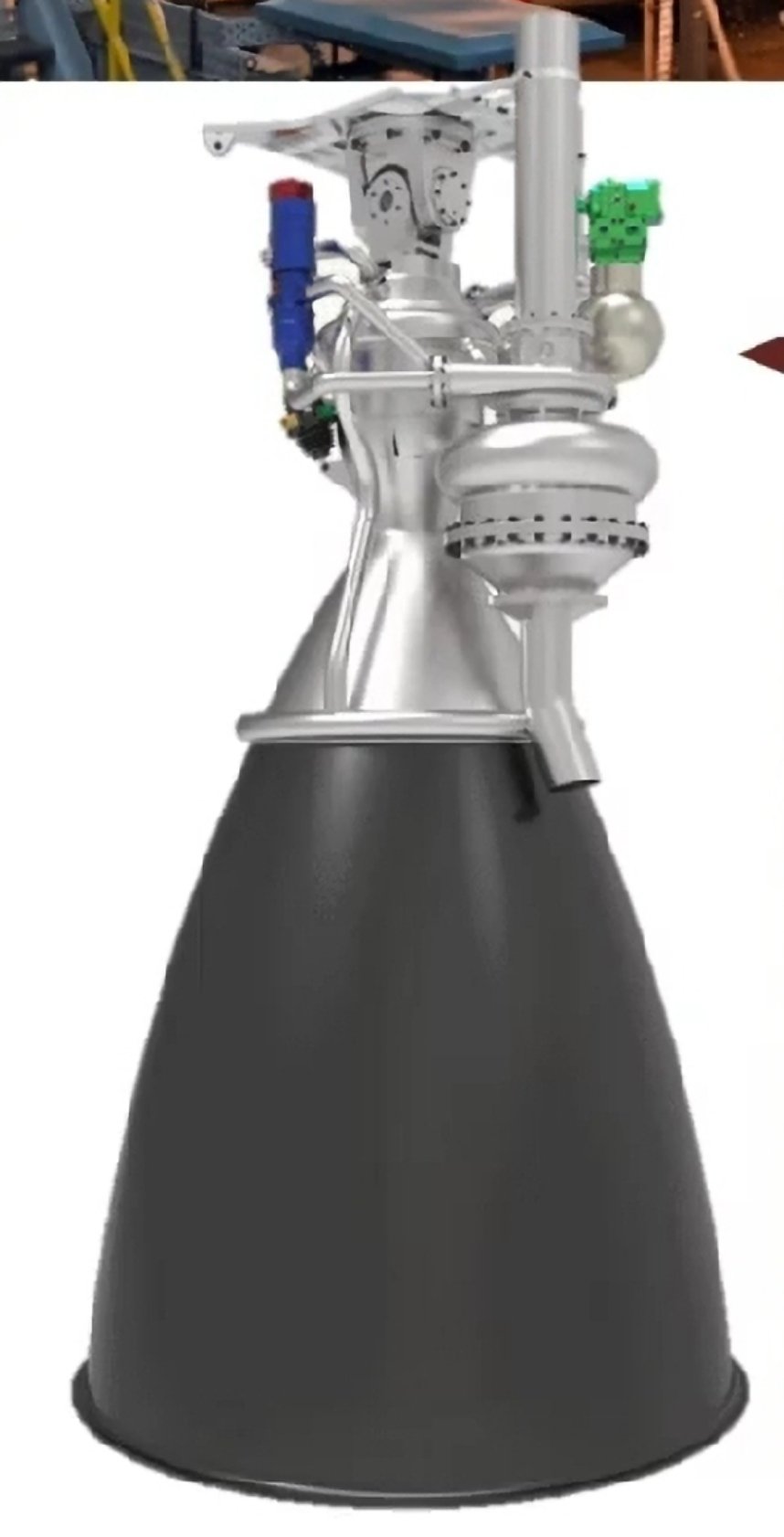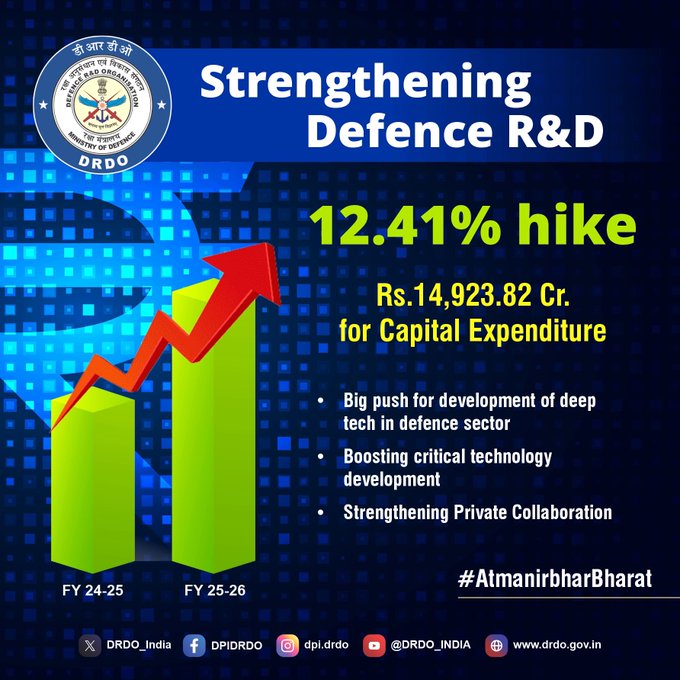SOURCE: AFI


Mumbai’s innovative startup scene has just gotten a boost with Air Recon unveiling its game-changing ‘Quick-release Systems’ designed for Unmanned Aerial Vehicles (UAVs) and Ground Control Systems (GCS). This breakthrough technology, tailored to integrate with standard-issue plate carriers, promises to enhance rapid deployment and maneuverability for tactical operations.
Air Recon’s Quick-release Systems represent a significant leap in the integration of drone technology with personal equipment.
Continue readingSOURCE: RAUNAK KUNDE / NEWS BEAT / IDRW.ORG


The Indian Defence Budget has confirmed that the Capital Outlay for the upcoming financial year will include funding for project clearance of the Twin Engine Deck-Based Fighter (TEDBF) program and the Remotely Stealthy Powered Autonomous Unmanned Combat Aerial Vehicle (RSPA UCAV).
The budget statement specifies that “some major acquisitions planned in the next year, such as Long Endurance Remotely Piloted Aircraft of High and Medium Altitude and Stage Payment of Deck-Based Aircraft, will be funded out of this allocation.”
Continue readingSOURCE: RAUNAK KUNDE / NEWS BEAT / IDRW.ORG


India plans to position its ambitious Advanced Medium Combat Aircraft (AMCA) program on the global stage by inviting international partners to join the project after the aircraft’s first flight. This strategic move aims to make the fifth-generation stealth fighter jet export-ready from the outset while addressing the program’s significant funding and production requirements.
The AMCA program, India’s flagship fifth-generation fighter jet initiative, is poised to play a critical role in modernizing the Indian Air Force (IAF) while also tapping into the global defence market. Sources familiar with the development told idrw.org that once the initial prototypes are flown, India will actively approach countries seeking access to fifth-generation fighter technology.
Continue readingSOURCE: RAUNAK KUNDE / NEWS BEAT / IDRW.ORG


In a significant move towards enhancing its combat capabilities, the Indian Navy is set to fund the research and development of a deck-based Unmanned Combat Aerial Vehicle (UCAV). This UCAV will be based on the Ghatak platform, currently being developed for the Indian Air Force (IAF), and will feature the indigenous Dry Kaveri engine for propulsion.
The Navy is in discussions with the Aeronautical Development Establishment (ADE), the organization spearheading the development of the Ghatak UCAV for the IAF. The Ghatak, designed as a 13-ton stealth UCAV for deep-strike missions, is set to serve as the foundation for its naval variant.
Continue readingSOURCE: AFI


A newly unveiled scale model of the Tejas MkII highlights an advanced strike and air mission configuration, showcasing India’s growing indigenous combat capabilities. The model demonstrates an impressive combination of weaponry, reinforcing Tejas MkII’s role as a versatile multirole fighter.
The showcased loadout includes a diverse mix of air-to-air and air-to-surface weaponry, emphasizing its capability for deep strike and defensive operations. The configuration consists of.
Continue readingSOURCE: AFI


In an insightful dialogue with Sputnik India, Igor Korotchenko, a noted military analyst and editor-in-chief of Russia’s ‘National Defense’ magazine, emphasized the strategic importance of an advanced aerospace defense system for India. Amidst an escalating Indo-Pacific arms race, Russia’s offer to aid India in building such a defense is seen not just as a military upgrade but as a monumental legacy for Prime Minister Narendra Modi.
India’s geopolitical landscape is fraught with challenges, primarily from its two neighboring rivals, China and Pakistan, both of whom boast sophisticated air forces and ballistic missile capabilities. Korotchenko articulates that in the realm of national defense, “A capable aerospace defense system is a mark of a global power and a top military state.” He draws parallels with even non-state actors like the Houthis, who have managed to develop capabilities in drones and ballistic missiles, underlining the necessity for India to fortify its defenses.
Continue readingSOURCE: AFI


Hyderabad-based startup, Redon Systems, has made significant strides in defense technology with the development of an indigenous 6×3 wheeled, tube-launched loitering munitions system. The introduction of their Multi-Barrel UAV Launcher (MBUL) offers a new paradigm in the rapid deployment of Unmanned Aerial Vehicles (UAVs), providing a strategic advantage in military operations.
The MBUL system is engineered to launch up to 16 UAVs either simultaneously or in a rapid succession, which is critical in time-sensitive combat scenarios. The launcher uses a pneumatic barrel system, where launch angles can be customized to meet specific mission requirements. This innovation ensures minimal turnaround time for continuous UAV operations, with a reload time that supports uninterrupted engagements.
Continue readingSOURCE: AFI


A comparative analysis of the front sections of four modern frigates—the Chinese PLAN Type 054A (545), the French-Italian FREMM (F-597), the Indian Navy’s P17A (F33), and the Russian VMF Project 22350 (417)—reveals significant differences in armament, highlighting how the Indian P17A frigate might be underarmed in comparison.
Here, we delve into the weapon systems of each vessel to understand these disparities:
Continue readingSOURCE: IDRW.ORG


In a significant development for India’s aerospace sector, General Electric (GE) and Hindustan Aeronautics Limited (HAL) are on the verge of concluding a deal for 99 F414-GE-INS6 engines, with the total deal now valued at an estimated $1.5 billion. This marks a substantial increase from the 2010 deal, which was worth $1 billion, adjusted for inflation over nearly 15 years and an increase in the level of technology transfer (ToT) from 56% to 80%, justifying the additional $500 million sought by GE.
The agreement, expected to be finalized by March 2025, will see the first engine rollout of HAL’s engine manufacturing facility in Bangalore by April 2028. GE Aviation has already delivered an initial batch of F414-GE-INS6 engines, that will be used on Tejas MkII Prototypes with subsequent units to be manufactured in India under the ToT arrangement.
Continue readingSOURCE: IDRW.ORG


In a significant stride towards strengthening India’s nuclear deterrence, Defence Minister Rajnath Singh has officially confirmed the successful deployment of the Agni-V missile equipped with Multiple Independently Targetable Re-entry Vehicle (MIRV) technology, known as “Mission Divyastra.”
Speaking at a press conference, Singh articulated the strategic implications of this deployment. “Agni V sends a strong message: India is prepared to defend its sovereignty against any threat. It enhances our deterrence capability and demonstrates our readiness to face modern challenges,” he stated. The Agni-V, now with MIRV capability, significantly amplifies India’s ability to target multiple locations with a single missile launch, complicating enemy defense strategies.
Continue readingSOURCE: AFI


The recently finalized Project-75I submarine program, under which Mazagon Dock Shipbuilders Limited (MDL) will construct all six German ThyssenKrupp Marine Systems (TKMS)-designed submarines, highlights India’s commitment to bolstering its underwater fleet. However, this winner-takes-it-all approach has sparked a debate about missed opportunities for fostering competitive and parallel submarine construction capabilities in the country.
Larsen & Toubro (L&T), an Indian private sector defense and engineering giant, has demonstrated its expertise in complex defense projects, including nuclear submarines and other naval platforms. Allowing L&T to manufacture at least two of the six submarines under Project-75I could have delivered several strategic and economic benefits.
Continue readingSOURCE: AFI


The saga of India’s Su-30MKI fighter jets, one of the largest fleets of its kind outside Russia, has highlighted a stark contrast in military technology independence between India and China. While India grapples with stringent Russian oversight for even minor modifications, China has progressed to reverse-engineering and enhancing the aircraft with domestically developed technology.
India, a long-standing ally of Russia in defense procurement, has faced significant constraints in modifying its Su-30MKI fleet. According to various reports, even changing a simple screw on these aircraft requires Russian approval to maintain warranty and technical support agreements. This dependency stems from the original technology transfer agreements where Russia provided the blueprints and technology for India to manufacture these jets under license, with stringent clauses on alterations.
Continue readingSOURCE: AFI


In a recent statement, Dr. M. Mohan, Director of the Liquid Propulsion Systems Centre (LPSC) at the Indian Space Research Organisation (ISRO), shed light on the ongoing development of the LME-1100 methalox engine, which is pivotal for the new Next Generation Launch Vehicle (NGLV).
Dr. Mohan confirmed that the preliminary design of the LME-1100 has been completed, with detailed engineering currently in progress. He further outlined that ISRO is gearing up to prepare the engine for its hot test, a crucial step towards completing the engine’s qualification. The development and testing activities are slated to commence this year, marking a significant milestone in India’s space capabilities.
Continue readingSOURCE: AFI

A recent analysis comparing the construction timelines of naval ships in various countries has spotlighted a significant lag in India’s warship building pace. According to the data, Indian shipyards take an average of 85 months from the block erection phase to the commissioning of a warship, a stark contrast to other nations in the region.
For instance, Japan, known for its efficiency in shipbuilding, completes the same process in just 27 months. This remarkable speed is attributed to advanced shipbuilding techniques, stringent project management, and a well-integrated supply chain. Meanwhile, France, another major player in naval construction, takes around 46 months to commission its warships, offering a middle ground but still far quicker than India.
Continue readingSOURCE: AFI


The Defence Research and Development Organisation (DRDO) has received a significant boost in its budget allocation for the financial year 2025-26. The Government of India has allocated ?26,816.82 crore to DRDO, reflecting a 12.41% increase from the previous fiscal year’s allocation of ?23,855.61 crore. This increase underscores the government’s commitment to strengthening indigenous defense research and development.
A substantial portion of the allocated budget, amounting to ?14,923.82 crore, has been earmarked for capital expenditure and research & development (R&D). This increase is expected to drive the development of cutting-edge defense technologies and enhance collaboration with the private sector, fostering a self-reliant defense ecosystem.
Continue reading